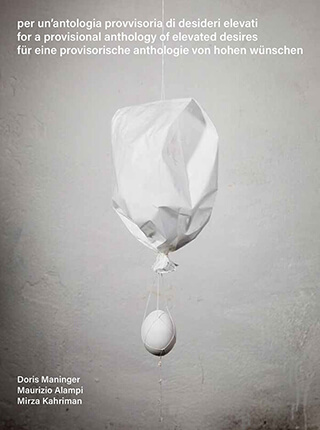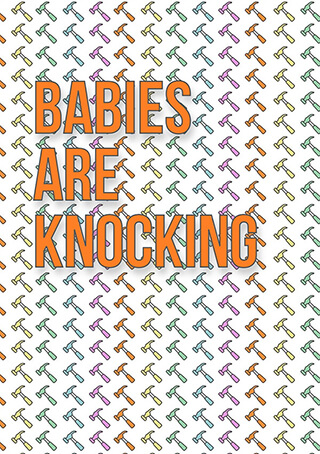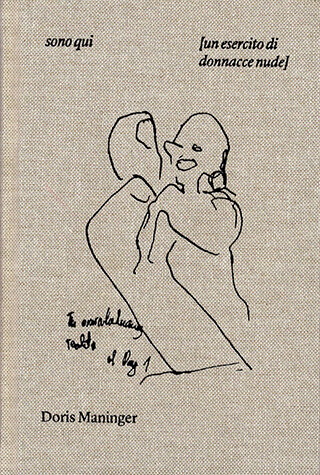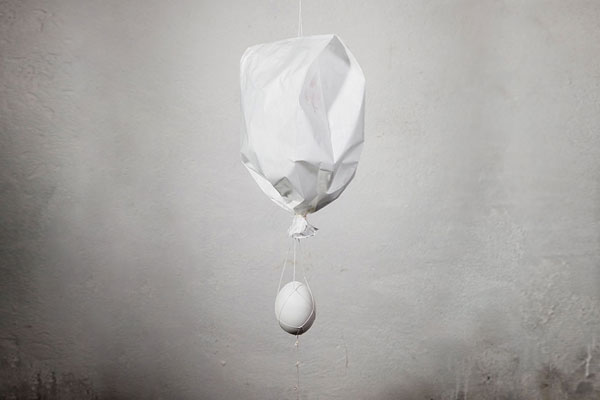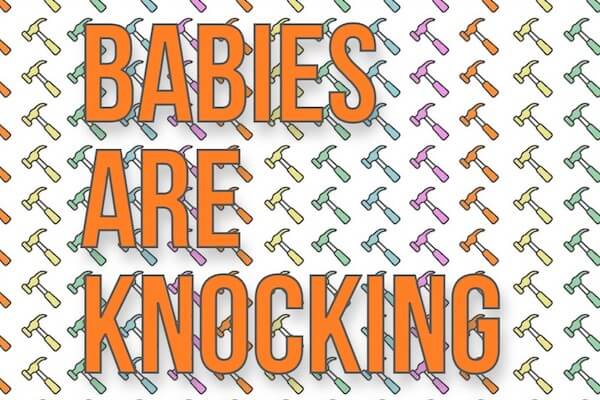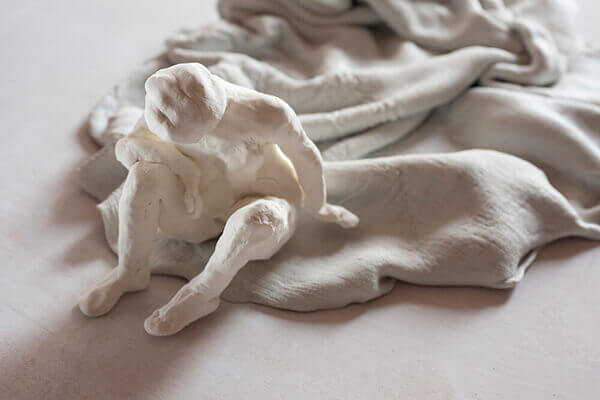GIOIELLO, IL FIGLIOLINO PREFERITO DELLA GIOIA
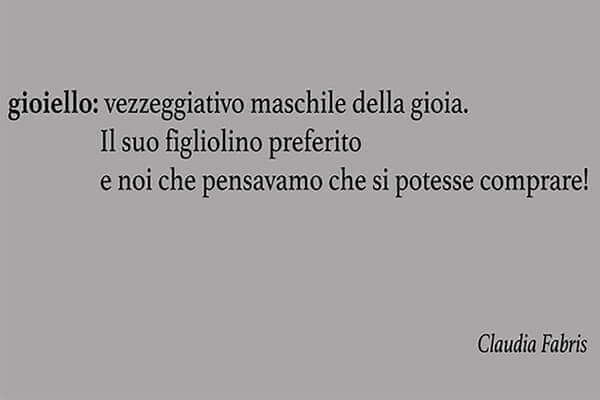
group show
exhibition opening:
thursday december 5th, 2019
exhibition closing:
january 25th, 2020
opening hours:
tuesday to saturday, 4–8pm
about.
STUDIO STEFANIA MISCETTI is proud to present GIOIELLO il figliolino preferito della gioia (JEWELLERY is joy’s golden boy), a group exhibition curated by Doris Maninger and Lilian Mattuschka.
As a project, this exhibition seeks to examine jewellery in all its facets and definitions: jewellery as the archetypal gift and its thousand-year-old useless utility; its connection to human beings as a material presence in the world, as well as its crucial importance as a means of affirming who we are, and to say “yes, I will”. But jewellery can also settle into the body and become one with it; it can act as a reminder for the body and mind, urging us not to forget –or, to put it in Bartleby’s words: “I would prefer not to…die”; and jewellery can be playful, a material expression of joy.
The exhibition will feature work by a range of designers: Paolo Bernardoni, Daria Borovkova, Massimo De Luca, Doris Maninger, Lilian Mattuschka, Giorgio Orbi, Alfredo Pea, Yoko Takirai & Pietro Pelliteri, Federica Sala, Nur Terun, Adam Youssry.
The two curators have created a veritable constellation of pieces, each distinguished by its particular materials, workmanship and practice.
The jewellery on display will be complemented by original texts written by poet and writer Claudia Fabris, author of the collection, Parole sotto sale (Salted Words).
Read and download the exhibition’s press release.
artists.
PAOLO BERNARDONI: comes from a long line of traditional Florentine goldsmiths. He initially refined his knowledge of classical technique at the Art Institute in Florence, before returning to the family workshop where he learned more strictly “traditional” techniques.
His work starts from a revisiting of 1970s “hippie” jewellery – in itself a kind of “street food” approach, inasmuch as it was created with very limited means
by improvised, nomadic craftsmen and women. In his particular case, the copper wire that surrounds a stone becomes a thread of gold, and the finishes evident in his work originate in traditional goldsmithing. The aesthetics of the pieces on show seem to evoke a kind of nostalgia for the days when borders were open, and migration had a very different complexion to the one it does today.
DARIA BOROVKOVA: was born into a family of diplomats. From an early age she was exposed to a range of social, linguistic and cultural contexts, and today these constitute the essence of her hybrid artistic practice. Jewellery, drawing and the creation of objects are the means of expression in which she grounds her consideration of subjects such as identity, singularity and social collectivity. Here she presents a series of rings made from different materials, created using
a special casting technique, from her collection Woman.hood, part of the NUDA VITA project. Also on show is a large piece specifically created for the exhibition: a large necklace made of embroidered fabric featuring text in Russian and Italian.
MASSIMO DE LUCA: was born in Paola, Calabria. Self-taught, he likes to think of himself as an artisan-artist, or an artist-artisan, given that the two spheres – both with draftsmanship and manual skill at their heart – are always connected in his work, whether he is working on a piece of furniture or a sculpture. His wooden rings look like small sculptures that recall both the grotesques of the Roman and Baroque eras, as well as traditional hagiographic statuary and African masks.
The feeling you get from wearing these pieces, made with organic materials, is a kind of fusion with the skin, one which connects two “living” beings.
CLAUDIA FABRIS: is difficult to define as an artistic personality: she is a poet and performer that has experimented with very different art forms including photography, theatre, dance, cooking and needlework. In the autumn of 2012 she wrote the first definitions of what would subsequently become Parole Sotto Sale, PiccoloVocabolarioPoetico (Salted Words: ASmallPoeticDictionary) in which she brings together original phrasings of everyday words. The title of the exhibition
is taken from this same dictionary. During her performances the artist reads, “explains” and “breaks down” words, inviting listeners to reflect and leaving them in a state of wonder as she does so. She has put together some thoughts on the theme of jewellery for the occasion but, as Fabris herself notes, the subject of what we adorn ourselves with is one she has been considering for some time: “Years ago I wrote that a jewel, which is a masculine noun in Italian – gioiello – is the male nickname for joy – gioia – feminine in Italian: its joy’s favourite son, her golden boy. Because if you don’t have it in your body in the first place, buying and wearing it is just a lie.”
DORIS MANINGER: one of the exhibition’s curators as well as a designer and multimedia artist, was born in Austria before being “transplanted” into Italy. Her practice stems from a physical need to enter into deep dialogue with the environment – understood in its broadest sense, as people, space, nature, time – in which she lives. Jewellery provides extremely fertile terrain for Maninger, in which she sees the opportunity to render the seductive palpable and visible, in all its transparency and movement, fun and surprise. A number of works in iron and silver wire are on display as part of the exhibition: black and grey necklaces and bracelets that twist like snakes, coiling up into a form of “coitus”. For the artist, jewellery finds its very purpose and life in its erotic and seductive function.
LILIAN MATTUSCHKA: is an Austrian raised in Italy, and co-curator of the exhibition. The material she employs most is wood selected from the forests of the Maremma. Starting from a single branch, she carefully fashions instruments that give new shape to our minds and bodies: chains that bind, pins that restrict movement, or grimaces that veil the face – all of which serve to highlight the invisible social constraints we are subjected to and tacitly accept.
Mattuschka sees jewellery as a means of forcing the body into certain positions, as a “reminder” that reveals the place of our body in space.
GIORGIO ORBI: is a Roman artist working primarily with video, installation and music, exploring very particular subjects – or obsessions – such as mountains and parrots. Before Google explored Mount Everest with its cameras, major European capitals became settlements for parrots; and after invading their terrain, the birds also radically changed the soundscapes of these cities. His parrot-shaped rings are a warning – as well as a plaything – in which the prophetic power to see into the future appears inherent.
ALFREDO PEA: a Roman cinematographic and theatrical actor. For years, his work as an interpreter has been accompanied with research on the common, found, discarded and ignored object. Pea reinterprets the collected and selected objects, and through an assemblage typical of the ready-made technique, creates sculptures, and jewellery composed of poor materials that are nevertheless rich and sought out for their formal rendering. Pea always accompanies a new reading of the object – from both a formal and significant point of view – with a narrative, a story, thus entrusting the new creation with the role of the interpreter.
YOKO TAKIRAI & PIETRO PELLITERI: are a Japanese-Sicilian duo, drawn from two islands whose strong and decisive characters are fused into a single entity that is designed to evoke the light of the sea, the sparkle of the waves and age-old technical know-how. The material they favour is rhodium-plated silver, whose intense brightness allows light to be reflected in a thousand different directions. The jewels created by this couple are characterized not only by their distinctly “luminous” quality, but also the careful attention to weight and movement, achieved thanks to a number of surprising technical solutions.
FEDERICA SALA: is an artist who works mainly with glass, a material that changes our view on the world, and through which light may travel but the body cannot.
Her work is at once strong and fragile, a contradiction which the artist is particularly interested in. The distinctive feature of her jewellery lies in the fact that it is inevitably “felt” when worn, forcing the body to be particularly careful and attentive. These pieces remind us of memories, experiences, feelings and sensations; good and evil, pain and happiness, positive and negative combine with one another, and merge into a single element.
NUR TERUN: is a Turkish–South Tyrolean artist and designer who uses metal and silver to create geometric and mathematical shapes. Once a space exists, what happens in and around it? Terun’s work is based on the construction of rational forms; it is a game of logic that aims at providing possible solutions to the “concrete-abstract presence” dichotomy, through the creation of volumetric shapes and perspectives. There is a hole at the centre of her work: a non-space delineated by an empty section that is repeated in series, and which is there to be filled. Her thinking attempts to represent ways of describing some of the qualities of that which cannot be conceived.
In order to do this, she endeavours to break things down to their most elementary state, removing any surface excess. Her work offers a new perspective on the surrounding environment, emphasising it with a nod to metaphysics.
ADAM YOUSSRY: is from the Middle East – once and for all, he’s an Egyptian and a Muslim. Once and for all is the title of his collection, a work that interacts with the restrictions imposed by one’s place of birth, law, religion and skin colour. His materials are limited to iron and screws, from which he weaves his jewellery into existence. In both its shape and weight it recalls wire mesh or chain-mail armour, both of which oppress the body at the same time as they protect, expose and decorate it.
more catalogues.
DORIS MANINGER
per un'antologia provvisoria di desideri elevati
exhibition catalogue
CURA. / MOTTO, rome, 2021
BABIES ARE KNOCKING
group show
exhibition catalogue
SSM, rome, 2021
DORIS MANINGER
sono qui [un esercito di donnacce nude]
exhibition catalogue
NERO, rome 2014
more exhibitions.
DORIS MANINGER
for a provisional anthology of elevated desires
october 21st, 2021 - january 29th, 2022
BABIES ARE KNOCKING
group show
may 27th, 2021 - october 2, 2021
DORIS MANINGER
sono qui [un esercito di donnacce nude]
november 2014 - january 2015












